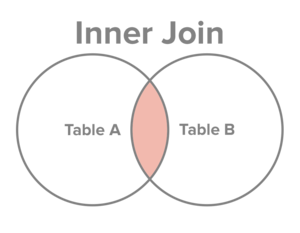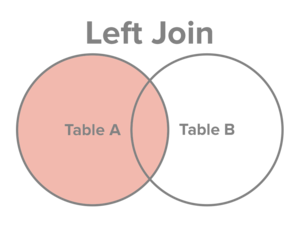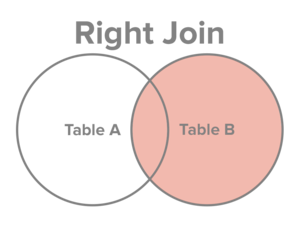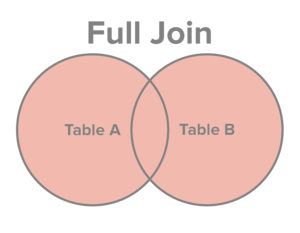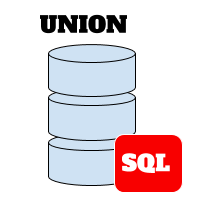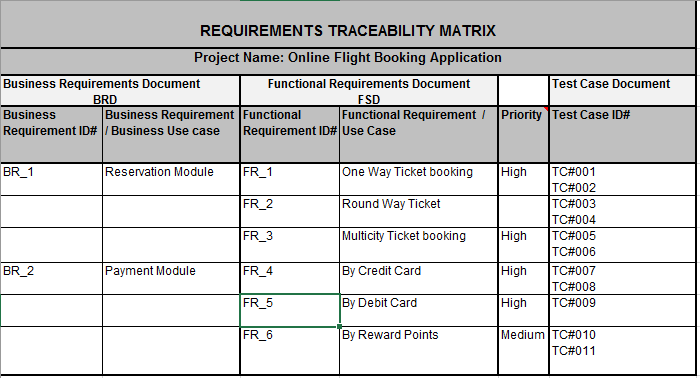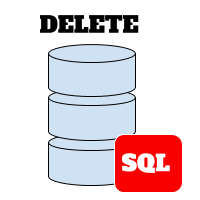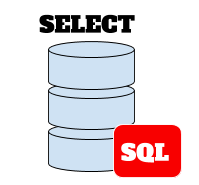SQL for QA: Tutorial#9 – JOIN Clause
JOIN clause is used to combine data from two or more tables, after joining it comes as a single set of data and we can call it Result set. Tables are combined using JOIN clause by using COMMON columns from both tables.
We will see different types of JOINs in SQL:
1. INNER JOIN: This type of Join returns records that have matching values in both tables.
2. LEFT OUTER JOIN: This type of Join returns all records from the left table, and the matched records from
the right table.
3. RIGHT OUTER JOIN: This type of Join returns all records from the right table, and the matched records
from the left table.
4. FULL OUTER JOIN: This type of Join returns all records when there is a match in either left or right table.
We will consider Order and Customer table as a demo table to demonstrate all Join operations.
Table# 1: Customer
|
1 2 3 4 5 6 7 8 9 10 11 12 13 |
C_ID | C_Name | C_Address | C_Email | C_Phone -----+--------+-----------+--------------------+--------- 1 | John | Pune | John12@yahoo.com | 12234 2 | Mike | Goa | Mike21@gmail.com | 232234 3 | Anna | Mumbai | Anna5@gmail.com | 892234 4 | David | Pune | David31@yahoo.com | 5692234 5 | Peter | Goa | Peter7@hotmail.com | 8989890 |
Table#2 : Order
|
1 2 3 4 5 6 7 8 9 10 11 12 13 14 15 16 17 |
O_ID | C_ID | O_Date | O_Amount -----+------+------------+-------- 101 | 1 | 2019-02-16 | 20000 102 | 2 | 2019-05-11 | 50000 103 | 1 | 2019-06-19 | 40000 104 | 3 | 2019-07-29 | 10000 105 | 4 | 2019-08-26 | 70000 106 | 10 | 2019-01-12 | 8000 107 | 19 | 2019-01-01 | 89000 |
INNER JOIN:
Suppose there are 2 tables Table1 and Table2, Inner join combines all rows from both tables as per the given condition. It selects all records from Table1 and Table2, where the join condition met (as per the common column in both tables) and creates new result table.
Syntax:
|
1 2 3 4 |
SELECT Column_Name(s) FROM <Table1> INNER JOIN <Table2> ON <Table1>.Column_Name = <Table2>.Column_Name; |
Example:
|
1 2 3 |
SELECT Order.O_ID, Customer.C_Name, Order.O_Date FROM Order INNER JOIN Customer ON Order.C_ID=Customer.C_ID; |
OUTPUT:
|
1 2 3 4 5 6 7 8 9 10 11 12 13 |
O_ID | C_Name | O_Date ------+--------+------------ 101 | John | 2019-02-16 102 | Mike | 2019-05-11 103 | John | 2019-06-19 104 | Anna | 2019-07-29 105 | David | 2019-08-26 |
In above query Inner join concept is used, which created new result set by combining columns of Customer and Order table, in this query each row of First table get compared with each row of Second table and displays all possible rows which satisfy the join predicate .
LEFT OUTER JOIN
The LEFT OUTER JOIN keyword creates a result set which returns all records from the LEFT table (<Table1>), and the matched records from the RIGHT table (<Table2>). The result set shows NULL value from the right side, if there is no match found.
|
1 2 3 4 |
SELECT Column_Name(s) FROM <Table1> LEFT JOIN <Table2> ON <Table1>.Column_Name = <Table2>.Column_Name; |
Example:
|
1 2 3 4 |
SELECT Customer.C_Name,Order.O_Date, Order.O_Amount FROM Customer LEFT OUTER JOIN Order ON Customer.C_ID=Order.C_ID; |
OUTPUT:
|
1 2 3 4 5 6 7 8 9 10 11 12 13 14 15 |
C_Name | O_Date | O_Amount --------+------------+-------- John | 2019-02-16 | 20000 Mike | 2019-05-11 | 50000 John | 2019-06-19 | 40000 Anna | 2019-07-29 | 10000 David | 2019-08-26 | 70000 Peter | | |
In above result all the customers displayed from Customer table which is LEFT JOIN with Order table, for one record there is no match found in Order table so it displays NULL values.
RIGHT OUTER JOIN
The RIGHT OUTER JOIN keyword creates a result set which returns all records from the RIGHT table (<Table2>), and the matched records from the LEFT table (<Table1>). The result set shows NULL value, if there is no matching row found on left side table.
|
1 2 3 4 |
SELECT Column_Name(s) FROM <Table1> RIGHT JOIN <Table2> ON <Table1>.Column_Name = <Table2>.Column_Name; |
Example:
|
1 2 3 4 |
SELECT Order.O_ID, Order.O_Amount, Customer.C_Name, Customer.C_Phone FROM Customer RIGHT OUTER JOIN Order ON Customer.C_ID=Order.C_ID; |
OUTPUT:
|
1 2 3 4 5 6 7 8 9 10 11 12 13 14 15 16 17 |
O_ID | O_Amount | C_Name | C_Phone -----+----------+--------+--------- 101 | 20000 | John | 12234 102 | 50000 | Mike | 232234 103 | 40000 | John | 12234 104 | 10000 | Anna | 892234 105 | 70000 | David | 5692234 106 | 8000 | | 107 | 89000 | | |
Above query returns all records from the right table (Order) and matches it with left table (Customer) , if there are no matches in the left table it will display null in result set.
FULL OUTER JOIN
FULL JOIN operation creates the result-set and combines result of both LEFT JOIN and RIGHT JOIN operation.
The final result-set contains all the rows from both tables. The rows for which there is no match found, the result-set will contain NULL values.
Syntax:
|
1 2 3 4 5 |
SELECT Column_Name(s) FROM <Table1> FULL OUTER JOIN <Table2> ON <Table1>.Column_Name = <Table2>.Column_Name WHERE condition; |
Example:
|
1 2 3 4 |
SELECT Order.O_ID, Customer.C_ID, Customer. C_Email FROM Customer FULL JOIN Order ON Customer.C_ID=Order.C_ID; |
OUTPUT:
|
1 2 3 4 5 6 7 8 9 10 11 12 13 14 15 16 17 18 19 |
O_ID | C_ID | C_Email -----+------+------------------ 101 | 1 | John12@yahoo.com 102 | 2 | Mike21@gmail.com 103 | 1 | John12@yahoo.com 104 | 3 | Anna5@gmail.com 105 | 4 | David31@yahoo.com 106 | | 107 | | | 5 | Peter7@hotmail.com |
In above query FULL OUTER JOIN operation combines all the rows from both the tables and wherever there is no match found it shows null values.
This is all about SQL Joins , we can use joins with Aggregate functions and with other clauses too like UPDATE, DELETE, INSERT, SELECT, GROUP BY etc.
SQL joins also combines 2 or more tables then what is the difference between these two, let’s see some differences.
| JOIN | UNION |
| JOIN combines data of 2 or more tables into new columns | UNION combines data into new rows |
| JOIN columns are combined into result set | UNION rows are combined into result set.
|
| For JOIN operation, number of columns should NOT be same in both the Select statement | For UNION operation, number of columns should be same in both the Select statement |
| The types of JOINS are Inner, Outer, Left, Right | The types of UNION are Union and Union All |
Please let us know if you need to know more.
Tutorial Index:
- SQL For QA : Tutorial#1 – Select Query
- SQL For QA : Tutorial#2 – Where Clause
- SQL for QA: Tutorial#3 – INSERT INTO Statement
- SQL for QA: Tutorial#4 – UPDATE Statement
- SQL for QA: Tutorial#5 – DELETE Statement
- SQL for QA: Tutorial#6 – ORDER BY Clause
- SQL for QA: Tutorial#7 – GROUP BY Clause
- SQL for QA: Tutorial#8 – UNION Clause
- SQL for QA: Tutorial#9 – JOIN Clause

